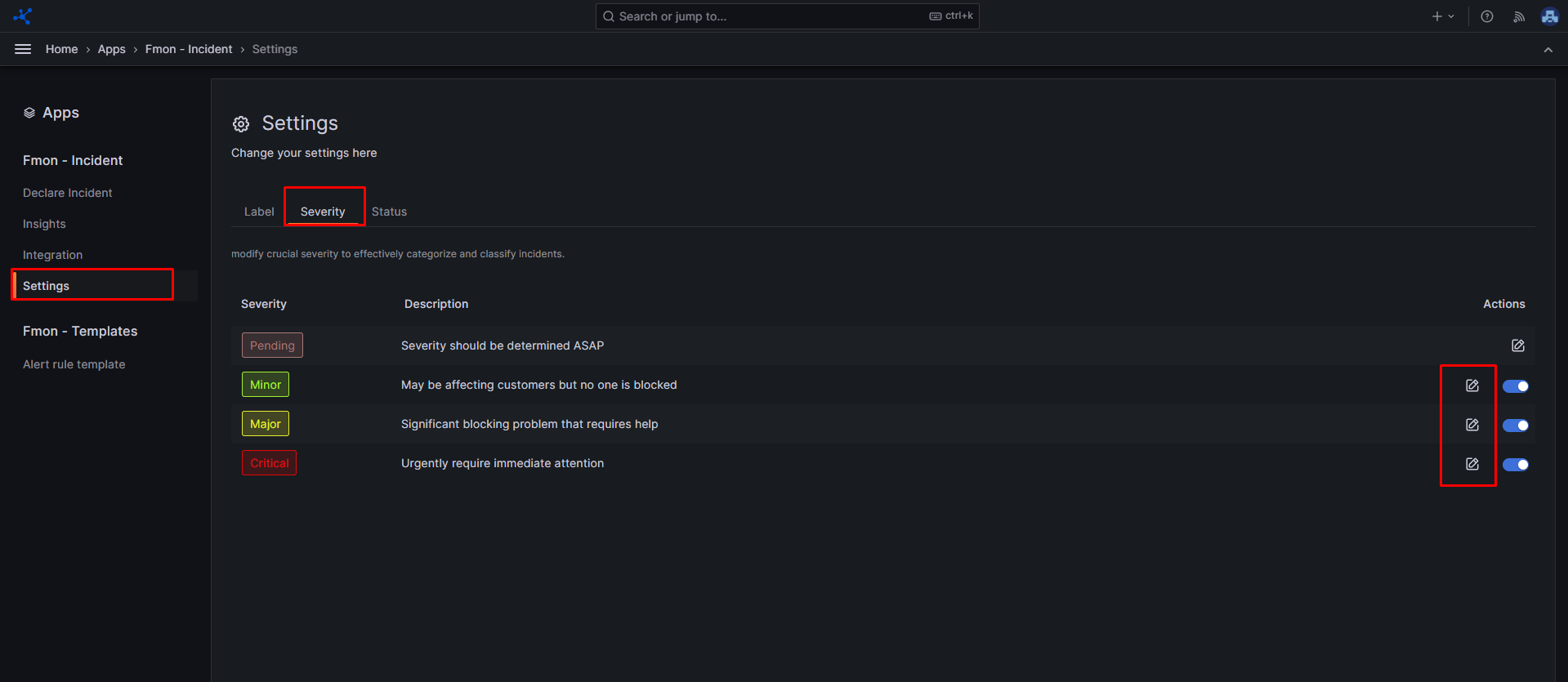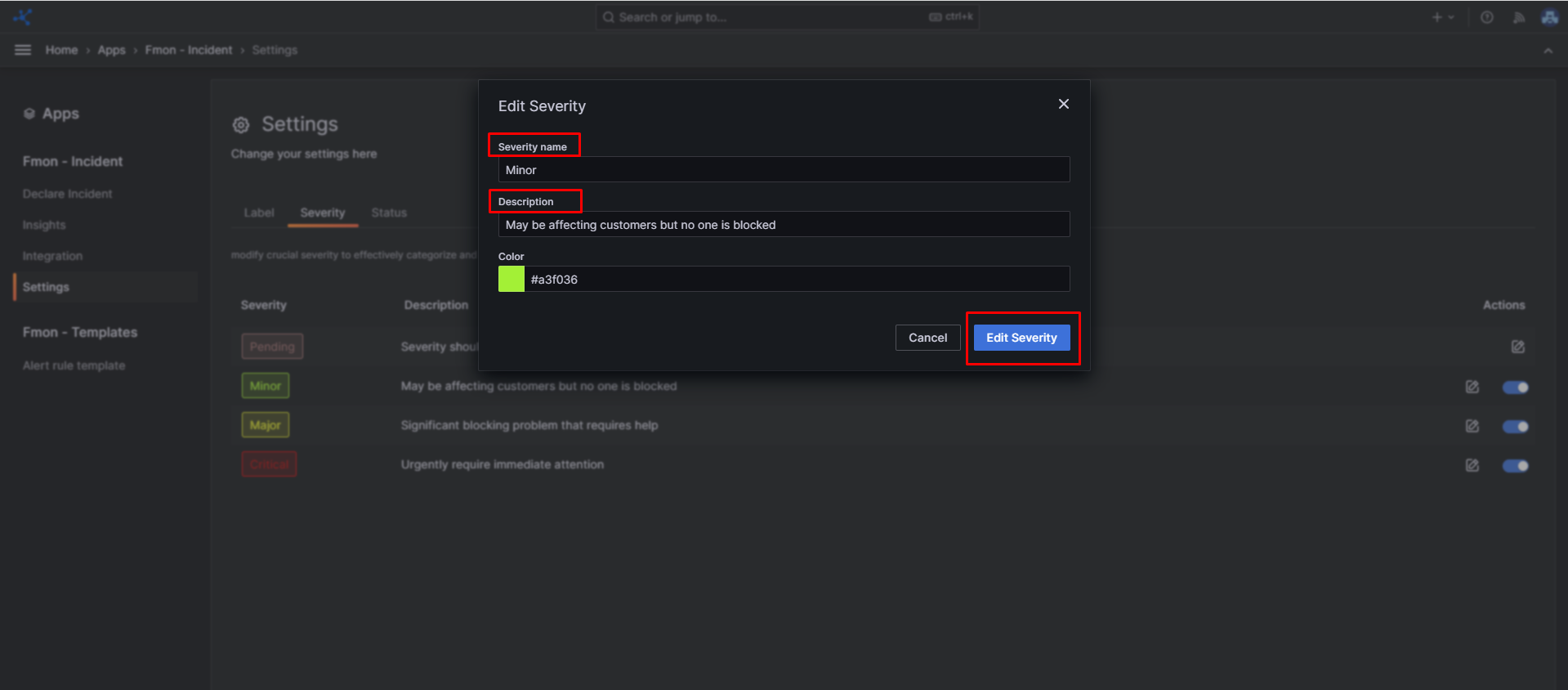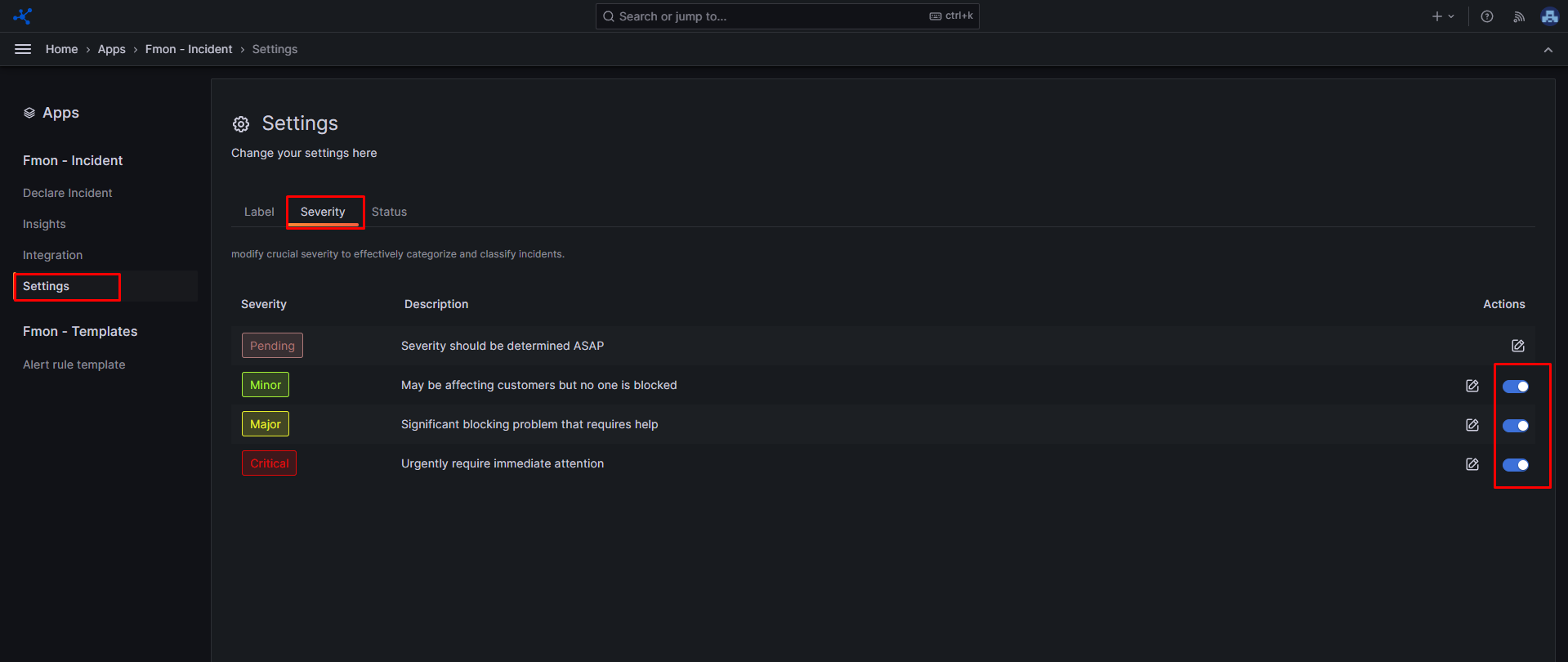- About Us
-
 Secure, unlimited storage to ensures efficiency as well as high and continuous data access demand.
Secure, unlimited storage to ensures efficiency as well as high and continuous data access demand. Virtual server integration for 3D Rendering, AI or ML
Virtual server integration for 3D Rendering, AI or ML Enhance application capacity and availability.
Enhance application capacity and availability. Access to an all-inclusive stack for AI development, driven by NVIDIA’s powerful technology!
Access to an all-inclusive stack for AI development, driven by NVIDIA’s powerful technology! FPT Web Application Firewall provides powerful protection for web applications
FPT Web Application Firewall provides powerful protection for web applications Advanced virtual server with rapid scalability
Advanced virtual server with rapid scalability Backup and restore data instantly, securely and maintain data integrity.
Backup and restore data instantly, securely and maintain data integrity. Advanced virtual server with rapid scalability
Advanced virtual server with rapid scalability Access to an all-inclusive stack for AI development, driven by NVIDIA’s powerful technology!
Access to an all-inclusive stack for AI development, driven by NVIDIA’s powerful technology! Enhance application capacity and availability.
Enhance application capacity and availability. Backup and restore data instantly, securely and maintain data integrity.
Backup and restore data instantly, securely and maintain data integrity. Recovery, ensuring quick operation for the business after all incidents and disasters.
Recovery, ensuring quick operation for the business after all incidents and disasters.
 Diverse throughput and capacity to meet various business workloads.
Diverse throughput and capacity to meet various business workloads.
 Secure, unlimited storage to ensures efficiency as well as high and continuous data access demand.
Secure, unlimited storage to ensures efficiency as well as high and continuous data access demand. FPT Web Application Firewall provides powerful protection for web applications
FPT Web Application Firewall provides powerful protection for web applications Intelligent and Comprehensive Virtual Web Application Firewall - Security Collaboration between FPT Cloud and Penta Security.
Intelligent and Comprehensive Virtual Web Application Firewall - Security Collaboration between FPT Cloud and Penta Security. The Next generation firewall security service
The Next generation firewall security service
 Easily store, manage, deploy, and secure Container images
Easily store, manage, deploy, and secure Container images
 Safe, secure, stable, high-performance Kubernetes platform
Safe, secure, stable, high-performance Kubernetes platform Provided as a service to deploy, monitor, backup, restore, and scale MongoDB databases on cloud.
Provided as a service to deploy, monitor, backup, restore, and scale MongoDB databases on cloud. Provided as a service to deploy, monitor, backup, restore, and scale Redis databases on cloud.
Provided as a service to deploy, monitor, backup, restore, and scale Redis databases on cloud. Provided as a service to deploy, monitor, backup, restore, and scale PostgreSQL databases on cloud.
Provided as a service to deploy, monitor, backup, restore, and scale PostgreSQL databases on cloud. System Monitoring Solution anywhere, anytime, anyplatform
System Monitoring Solution anywhere, anytime, anyplatform Helps reduce operational costs by up to 40% compared to traditional BI solutions, while improving efficiency through optimized resource usage and infrastructure scaling.
Helps reduce operational costs by up to 40% compared to traditional BI solutions, while improving efficiency through optimized resource usage and infrastructure scaling. - Pricing
- Partner
- Event
All documents
Incident Management
Incident severity allow users to define and measure the impact levels of an incident. Clearly and consistently defined impact levels help others in your organization quickly understand the seriousness of an incident.
The impact levels of an incident can affect your incident response process, such as how many people are involved and who needs to be notified. To get the most value from the incident impact levels, establish clear definitions for each level of impact and expected responses within your organization.
Below is a list of recommended impact levels that are given in the FMON incident system:
| Severity | Description |
|---|---|
| Critical | High impact level, immediate attention is needed. For example: “Customer-facing” services disripted for all customers; Security or privacy breach; Loss of customer data. |
| Major | Significant impact level. For example: “Customer-facing” services disrupted for a small group of customers; Core system functionality affected. |
| Minor | Low impact level. For example: A minor inconvenience for customers, but there is an alternative solution available. |
| Pending | Severity level needs to be determined and identified as soon as possible. |
A. Update the incident severity
Step 1: From the sidebar menu, choose Apps, then click FMON - Incident
Step 2: Click Settings
Step 3: In the Severity tab, choose an existing severity level, then click the Edit icon.

Step 4: Edit the Name and Description for the label if desired.
Step 5: Select a color for the label if desired.
Step 6: Click Edit Severity to update the severity level.

B. Enable / Disable Incident Severity
Step 1: From the sidebar menu, choose Apps, then click FMON - Incident
Step 2: Click Settings
Step 3: In the Severity tab, choose an existing severity level, then click the Enable/Disable toggle switch.


